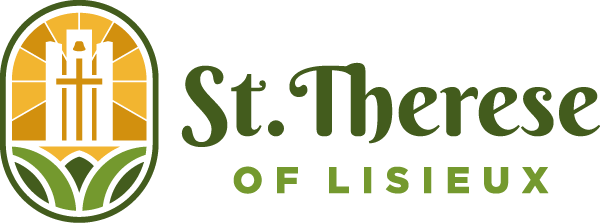Today, as I conclude our discussion of the meaning of each of the four separate ways we experience Christ’s presence in the Mass, we’ll discuss Christ’s presence in the Eucharist. Right out of the gate, it must be said that a study, conducted by Pew Research and released August 9, 2019, revealed that 65% of self-identified Catholics believe that the bread and wine, even after the consecration, are merely “symbols of the body and blood of Jesus Christ.” A slim 31% believe in the real presence of Jesus in the Eucharist. However, make no mistake, the real presence of Christ in the Eucharist is a doctrine (an official teaching of the Catholic Church) and a profound mystery. When the priest proclaims the words of consecration, Christ becomes truly present: Body, Blood, Soul and Divinity –under the appearances of bread and wine.
This gap, between what most Catholics believe, and what the Church teaches, is a concern. In fact, the report drew quite a reaction from Auxiliary Bishop Robert Barron of Los Angeles. Soon after the report, he posted on Twitter: “It’s hard to describe how angry I feel after reading what the latest @pewresearch study reveals about understanding of the Eucharist among Catholics. This should be a wake-up call to all of us in the Church.” In a video that accompanied the post, Bishop Barron’s anger is not directed at Pew, but inward. “I’m blaming myself, bishops, priests and anybody responsible for transmitting the faith, he said, ‘We’re all guilty.”. National Catholic Reporter shared in an article on the topic. He added, “It’s been a massive failure of the church carrying on its own tradition,’ (ccronline.org). Hopefully, articles like this can begin to mend the gap. While it might be misunderstood, our belief regarding the Eucharist can be traced back to the Last Supper, and the words of Jesus.
Almost all Catholics can call to mind the words of Jesus at the Last Supper: “While they were eating, Jesus took bread, said the blessing, broke it, and giving it to his disciples said, “Take and eat; this is my body.” Then he took a cup, gave thanks, and gave it to them, saying, “Drink from it, all of you, for this is my blood of the covenant, which will be shed on behalf of many for the forgiveness of sins,” (Matthew 26:26-28). He doesn’t say that the body and blood are symbols, or that they are just reminders of him. He is pretty direct in his wording. As a matter of fact, I had always been taught that there several terms that could have been used for the word “eat” but the one that was used in the original Greek of this passage is more like the English word “gnaw,” or to “chew.” Scholars say that it makes no sense for Jesus to have used that specific term if he was speaking only of a symbol. I think the words that stay with me the most, however, are those from John’s gospel that begin, “Jesus said to them, “Amen, amen, I say to you, unless you eat the flesh of the Son of Man and drink his blood, you do not have life within you” (John 6:55), and end with the disciples reaction. The scriptures reveal that, “many of his disciples who were listening said, ‘This saying is hard; who can accept it?” Then we read, “As a result of this, many [of] his disciples returned to their former way of life and no longer accompanied him” (see John 6:55-66). Right from the beginning, Jesus’ words called for faith in something way beyond everyday circumstances and understanding, but they were clear. In consuming the Eucharist, we are consuming the Body and Blood of Christ. –More next week.


